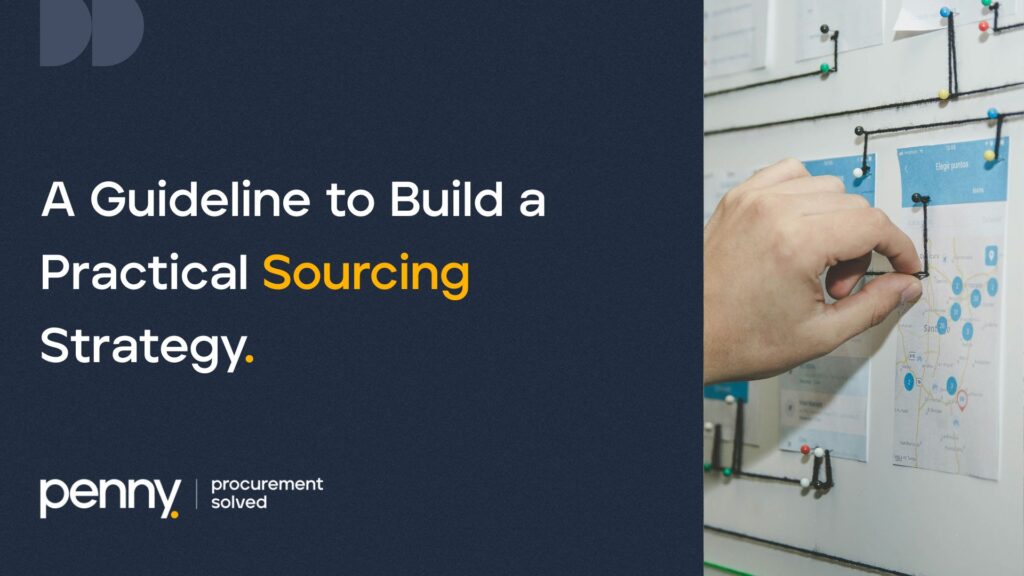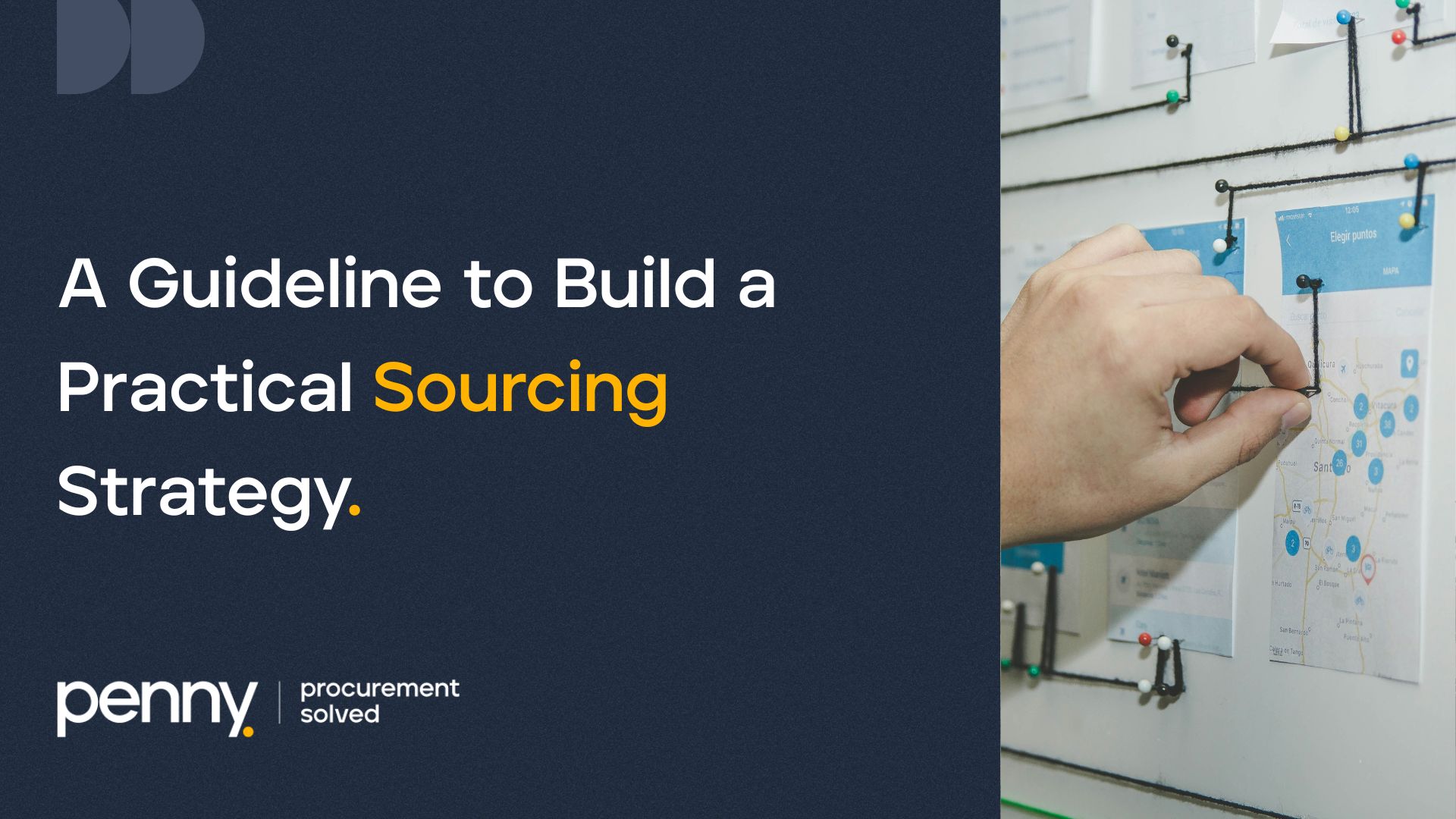
In today’s competitive business landscape, a well-crafted sourcing strategy can mean the difference between thriving and merely surviving. Whether you’re a procurement professional, a supply chain manager, or a business owner, developing a practical sourcing strategy is essential for reducing costs, mitigating risks, and ensuring consistent quality across your supply chain.
Understanding Strategic Sourcing
Strategic sourcing goes beyond simply finding the cheapest supplier or negotiating the lowest price. It’s a systematic approach to supply chain management that analyzes your spending patterns, supplier relationships, and market dynamics to create sustainable value for your organization. The goal is to build a framework that aligns procurement activities with broader business objectives while maintaining flexibility to adapt to changing conditions.
Step 1: Conduct a Comprehensive Spend Analysis
Before you can build an effective sourcing strategy, you need to understand where your money is going. Start by gathering data on all organizational spending over the past 12 to 24 months. Categorize expenditures by type, department, supplier, and volume. This analysis will reveal patterns you might not have noticed, such as maverick spending (purchases made outside approved channels), consolidation opportunities, or categories where spend concentration creates risk.
Look for the 80/20 rule in action. Typically, 80% of your spend will come from 20% of your categories. These high-impact categories deserve the most attention in your sourcing strategy. However, don’t completely ignore the long tail of smaller purchases, as they often represent administrative burden and potential efficiency gains through process improvements.
Step 2: Define Clear Objectives and Success Metrics
What does success look like for your sourcing initiative? Your objectives should align with overall business goals while remaining specific and measurable. Common objectives include cost reduction, quality improvement, supply chain resilience, innovation access, or sustainability enhancement.
Establish key performance indicators (KPIs) for each objective. If cost reduction is your priority, track metrics like total cost of ownership, cost avoidance, and price variance. For quality improvement, monitor defect rates, on-time delivery, and supplier performance scores. Having clear metrics from the outset ensures accountability and provides a roadmap for continuous improvement.
Step 3: Segment Your Supplier Base
Not all suppliers are created equal, and your sourcing strategy should reflect this reality. Use portfolio analysis tools like the Kraljic Matrix to categorize your purchases based on two dimensions: profit impact and supply risk.
Strategic items (high profit impact, high supply risk) require close relationships and possibly long-term partnerships. Leverage items (high profit impact, low supply risk) are ideal for competitive bidding and volume consolidation. Bottleneck items (low profit impact, high supply risk) need risk mitigation strategies such as safety stock or supplier development. Non-critical items (low profit impact, low supply risk) should be simplified through automation or procurement cards.
This segmentation allows you to allocate resources efficiently, focusing your attention where it matters most while streamlining processes for routine purchases.
Step 4: Conduct Market Research and Supplier Evaluation
Understanding your supply market is crucial for making informed sourcing decisions. Research market trends, pricing dynamics, capacity constraints, and emerging technologies that could impact your supply base. Identify potential new suppliers and assess their capabilities against your requirements.
Develop a robust supplier evaluation framework that considers multiple factors beyond price. Quality certifications, financial stability, production capacity, technological capabilities, geographic location, and cultural fit all play important roles in long-term success. Site visits, reference checks, and pilot programs can provide valuable insights before making major commitments.
Step 5: Develop Category Strategies
With your spend analysis complete, objectives defined, and suppliers segmented, you’re ready to develop specific strategies for each category. A category strategy outlines your approach to sourcing a particular group of goods or services.
For strategic categories, consider whether vertical integration, strategic partnerships, or dual sourcing would best serve your needs. For leverage categories, competitive bidding or reverse auctions might maximize value. Bottleneck categories may require supply base expansion or specification changes to reduce dependency. Non-critical categories often benefit from catalog buying or vendor-managed inventory.
Each category strategy should address supplier selection criteria, contract terms, relationship management approaches, and risk mitigation plans. Document these strategies clearly so they can guide decision-making and be communicated to stakeholders.
Step 6: Build Strong Supplier Relationships
Transactional approaches to sourcing often leave value on the table. The most successful sourcing strategies recognize that suppliers are partners in value creation. Invest time in building relationships with key suppliers through regular communication, joint improvement projects, and transparency about your business needs and challenges.
Consider implementing supplier development programs for critical partners. By helping suppliers improve their processes, quality, or capabilities, you strengthen your entire supply chain. Collaborative relationships also facilitate innovation, as suppliers become more willing to share ideas and invest in solutions tailored to your needs.
Step 7: Implement Risk Management Practices
Supply chain disruptions have become increasingly common, making risk management a critical component of any sourcing strategy. Identify potential risks across your supply base, including geopolitical instability, natural disasters, financial distress, quality issues, and capacity constraints.
Develop mitigation strategies appropriate to each risk level. This might include dual sourcing for critical items, maintaining strategic inventory buffers, geographic diversification, or establishing backup suppliers. Create contingency plans that can be activated quickly when disruptions occur. Regular risk assessments should be built into your supplier management processes to catch emerging threats early.
Step 8: Leverage Technology and Data
Modern sourcing strategies are increasingly data-driven and technology-enabled. E-sourcing platforms streamline the RFP process and enable broader supplier participation. Spend analytics tools provide visibility into purchasing patterns and savings opportunities. Supplier relationship management systems help track performance and manage interactions.
Emerging technologies like artificial intelligence can predict demand patterns, identify cost reduction opportunities, and flag potential supply disruptions before they occur. Blockchain technology offers potential for enhanced traceability and contract management. While you don’t need to implement every new technology, staying informed about tools that could enhance your sourcing capabilities gives you a competitive advantage.
Step 9: Ensure Compliance and Sustainability
Regulatory compliance and sustainable sourcing practices are no longer optional considerations. Build compliance checks into your sourcing processes to ensure suppliers meet relevant regulations in areas like labor practices, environmental standards, data privacy, and product safety.
Sustainability has evolved from a nice-to-have to a business imperative. Many organizations now set specific goals around carbon reduction, ethical sourcing, and circular economy principles. Integrate sustainability criteria into supplier selection and evaluate potential partners on their environmental and social performance. This protects your brand reputation while contributing to broader societal goals.
Step 10: Create a Continuous Improvement Culture
A sourcing strategy isn’t a one-time project but an ongoing process of refinement and improvement. Establish regular reviews of your sourcing performance against defined KPIs. Conduct post-implementation assessments after major sourcing initiatives to capture lessons learned.
Encourage feedback from internal stakeholders about their experiences with suppliers and procurement processes. Stay connected to market developments and emerging best practices in your industry. As business conditions change, be prepared to adapt your strategies while maintaining focus on core objectives.
Bringing It All Together
Building a practical sourcing strategy requires balancing multiple considerations: cost, quality, risk, innovation, and sustainability. It demands analytical rigor, market knowledge, relationship skills, and strategic thinking. Most importantly, it requires a commitment to continuous improvement and adaptation.
Start with the fundamentals: understand your spend, define clear objectives, segment your approach, and build strong supplier relationships. Layer in technology, risk management, and sustainability practices as your capabilities mature. Remember that the best sourcing strategy is one that’s actually implemented and evolves with your business needs.
By following these guidelines, you’ll create a sourcing strategy that doesn’t just reduce costs but builds competitive advantage, strengthens your supply chain, and positions your organization for long-term success.
Take the Next Step with the Right Partner
It’s impossible to get the best value for your money without a reliable sourcing strategy. To do that, you need to understand what you need, find proper suppliers, involve the right people, and keep track of your progress with automated solutions. We at Penny provide a wide range of solutions that can be tailored to your operational needs and budget. All you need to do is contact us right now!


